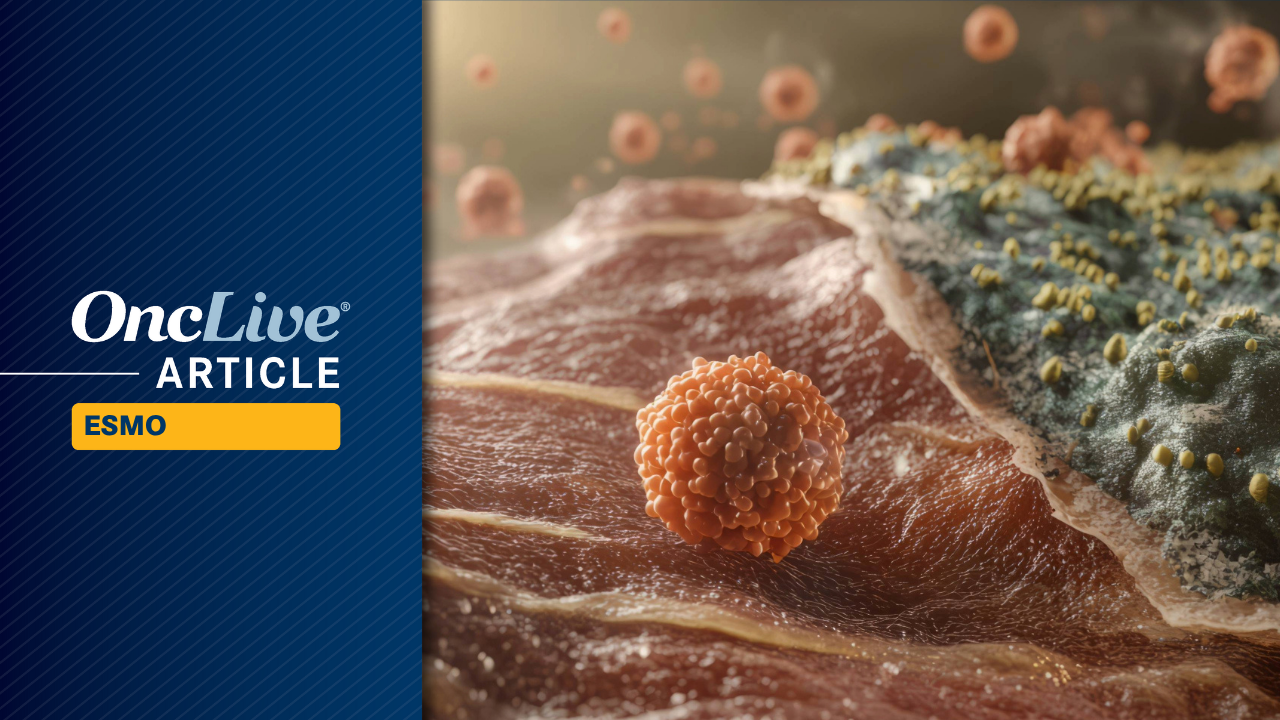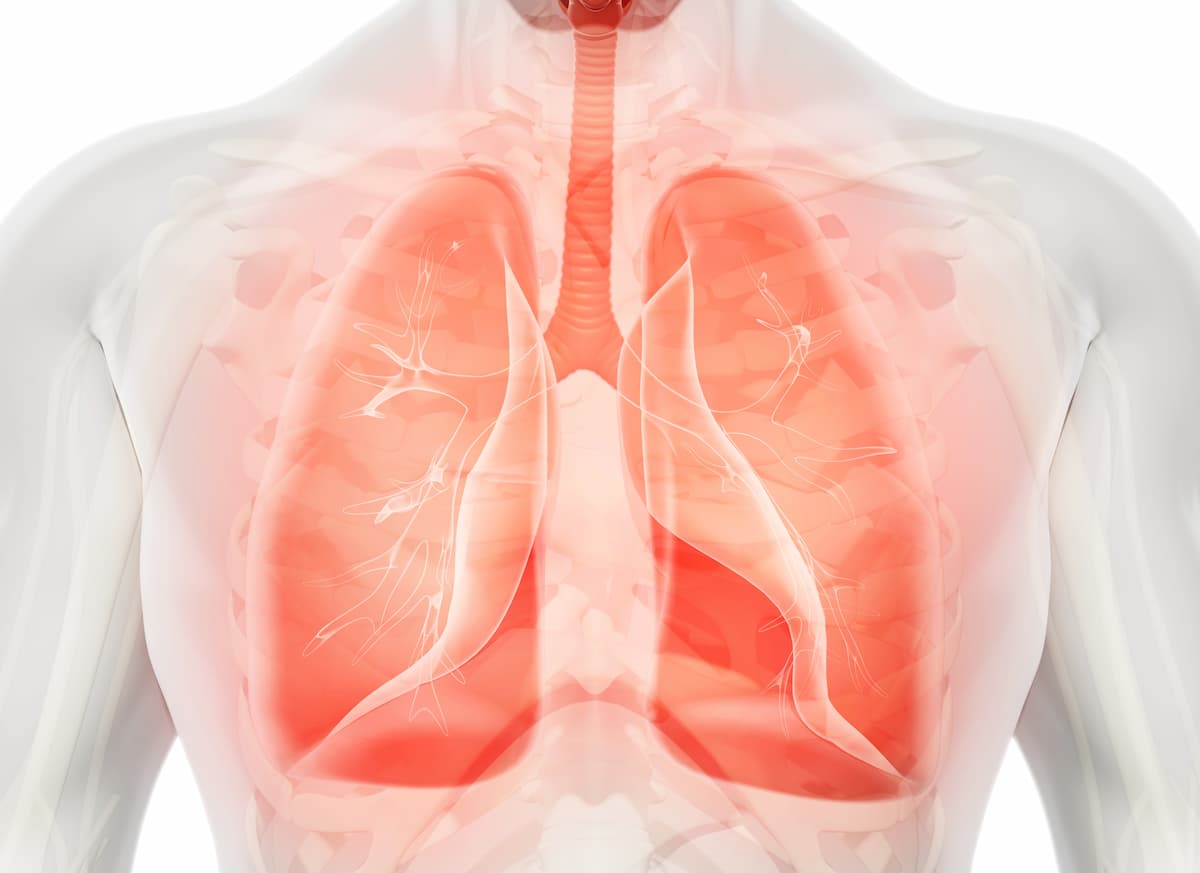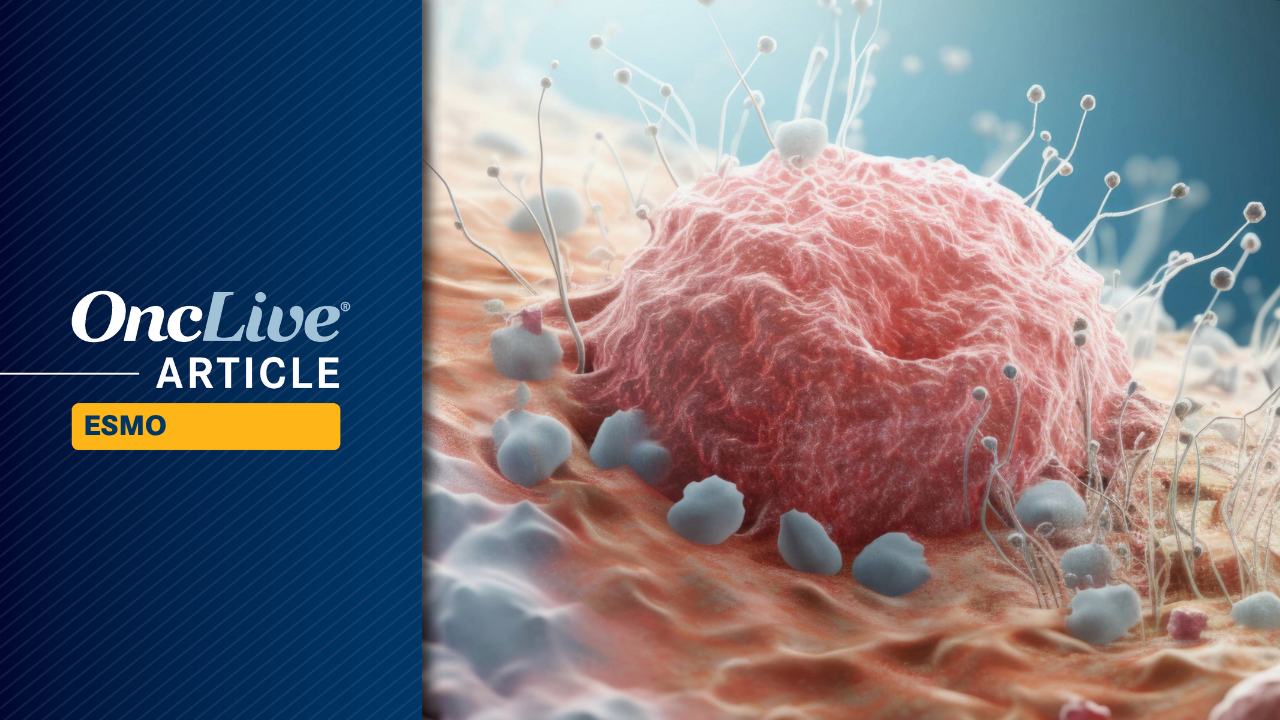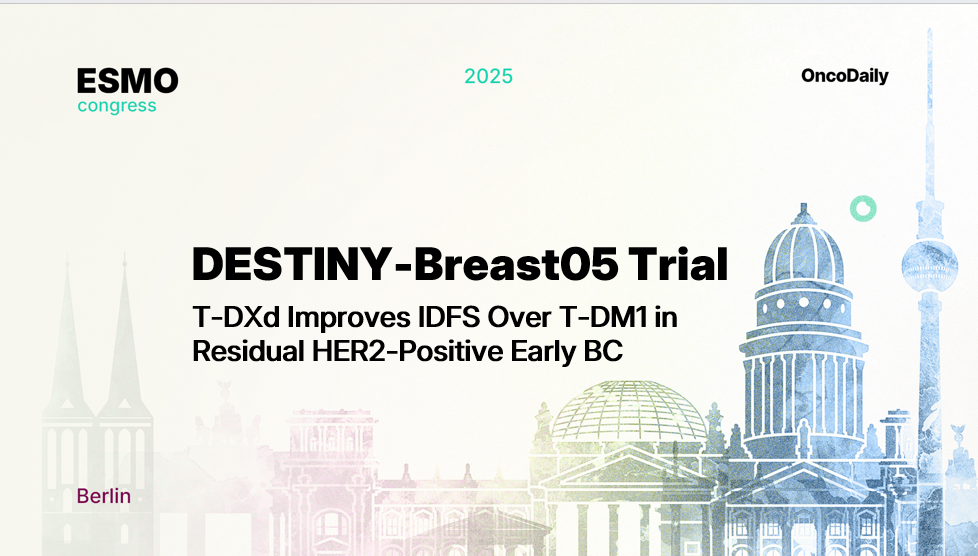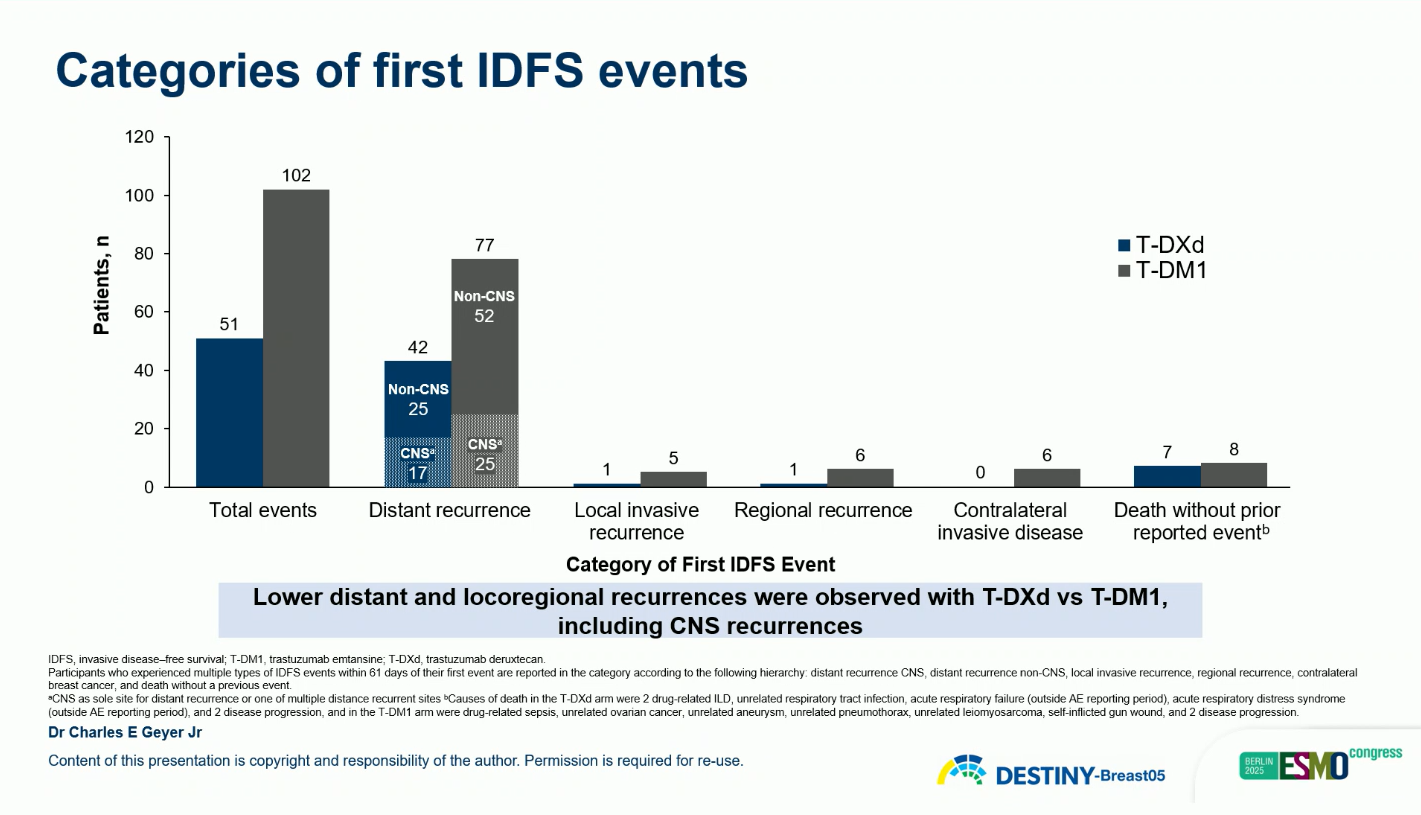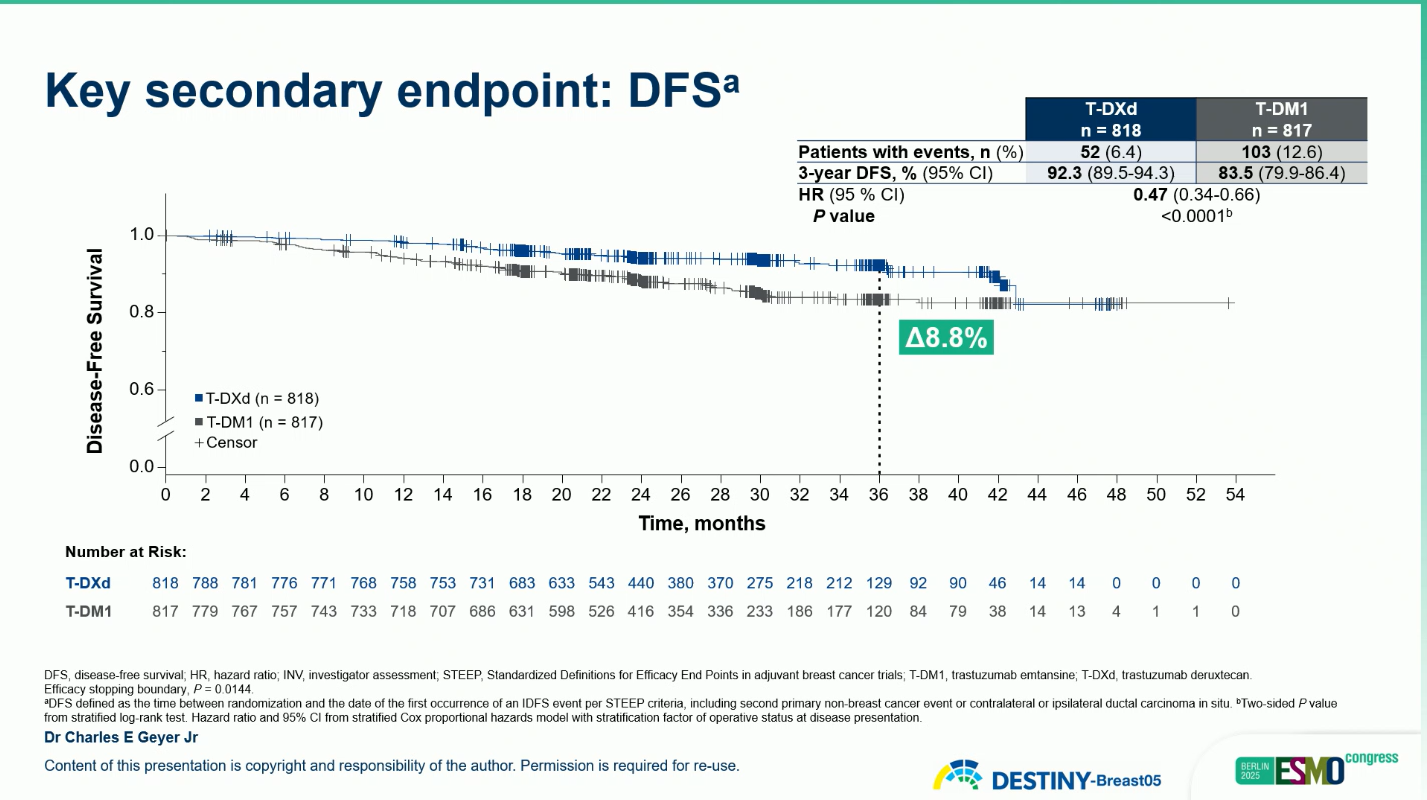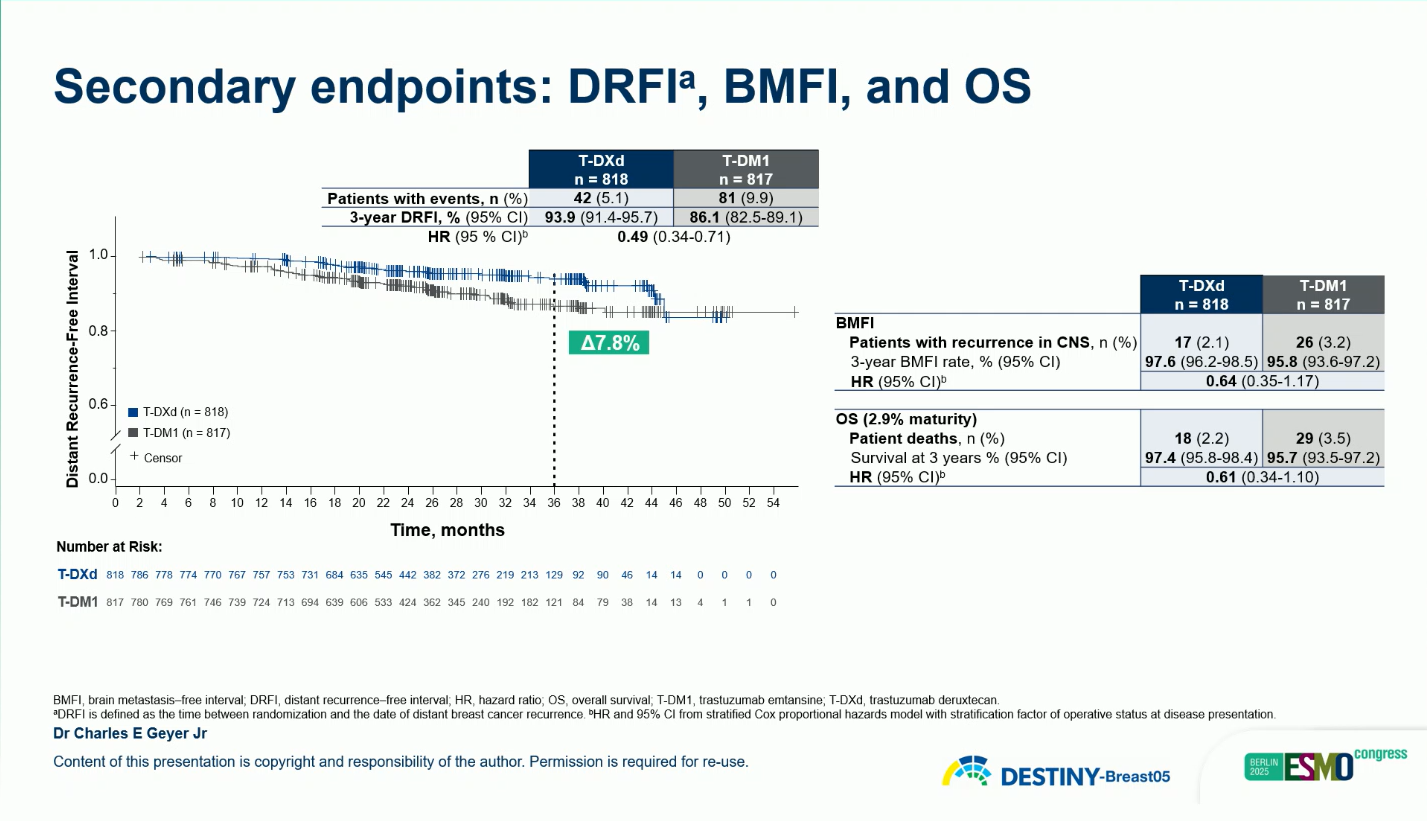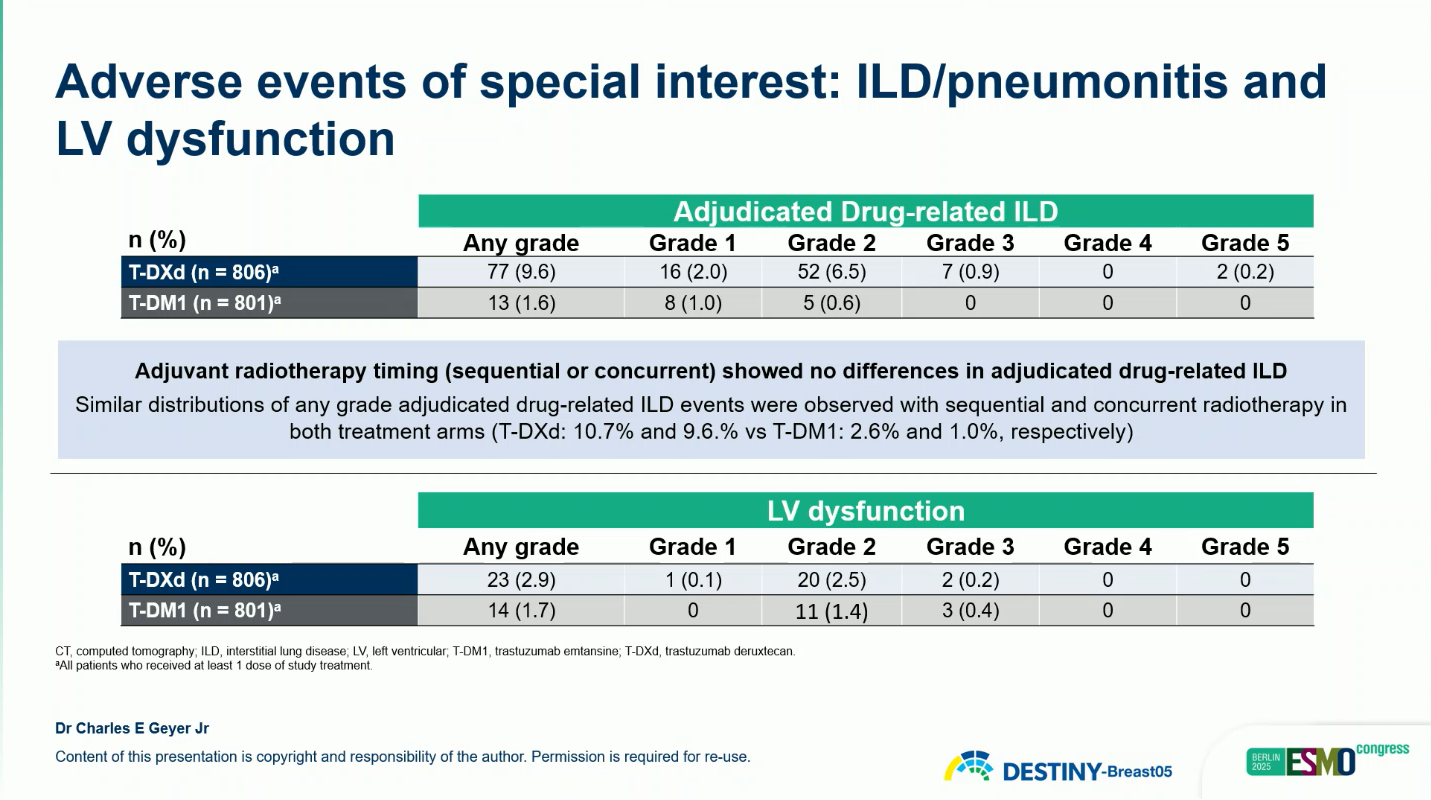Adjuvant treatment with cemiplimab-rwlc (Libtayo) was associated with a similar incidence of second primary tumors (SPTs) compared with placebo in patients with high-risk cutaneous squamous cell carcinoma (CSCC) following surgery and postoperative radiotherapy, according to findings from an analysis of the phase 3 C-POST trial (NCT03969004) presented at the
During the treatment period, the proportion of patients who developed at least one SPT was 11% in the cemiplimab arm (n = 209) compared with 12% in the placebo arm (n = 206); during the study’s follow-up period, these rates were 8% and 7%, respectively. During the treatment period, the cumulative number of SPTs was 32 with cemiplimab vs 82 for placebo, corresponding to annualized, adjusted annualized SPT rates of 1.23 (95% CI, 0.60-2.54) and 2.81 (95% CI, 1.23-6.45), respectively. In the follow-up period, 36 total SPTs occurred in the cemiplimab arm vs 41 in the placebo arm, and the annualized SPT rates were 0.72 (95% CI, 0.30-1.71) and 1.17 (95% CI, 0.40-3.49), respectively.
During the treatment period, 9% of patients in the cemiplimab arm had 1 SPT, 1% had 2 SPTs, less than 1% had 3 SPTs, 0% had 4 SPTs, less than 1% had 5 SPTs, and 0% had 6 or more SPTs. In the placebo arm, these rates were 8%, 2%, less than 1%, less than 1%, 0%, and 1%, respectively. Incidence was similar during the follow-up period, with 4% of patients in each arm experiencing 1 SPT and less than 1% of patients falling into the multiple SPT groups within each arm.
In a post hoc analysis incorporating the first occurrence of SPTs alongside disease-free survival (DFS) events (recurrence or death), efficacy continued to favor cemiplimab over placebo (HR, 0.43; 95% CI, 0.30-0.60). The median DFS in this analysis was not reached (NR; 95% CI, not evaluable [NE]-NE) in the cemiplimab group vs 21.7 months (95% CI, 12.9-39.2) in the placebo group. At 24 months, DFS rates were 81.1% with cemiplimab vs 59.1% with placebo, and this benefit was maintained over time, with rates of 73.4% vs 48.7% at 36 months and 68.4% vs 41.5% at 48 months, respectively.
“The lower number of SPTs in the cemiplimab arm appeared to be driven by a small number of patients with multiple SPTs observed in the placebo arm. The robust [DFS] efficacy signal with cemiplimab vs placebo was maintained in a post hoc analysis in which SPTs were included as [DFS] events,” Danny Rischin, MD, who serves as the director of Medical Oncology at the Peter MacCallum Cancer Centre in Melbourne, Australia, noted in the conclusion of his presentation. “These prospective, randomized data suggest that there may be a subset of patients who experience fewer SPTs with cemiplimab, although further investigation is required.”
What Was Established in the Primary Analysis of the C-POST Trial?
With a median follow-up of 24 months (range, 2-64), previously reported findings from the primary analysis showed that patients who received adjuvant cemiplimab after surgical resection and postoperative radiotherapy achieved a median DFS that was NR (95% CI, NE-NE) compared with 49.4 months (95% CI, 48.5-NE) among those treated with placebo (n = 206; HR, 0.32; 95% CI, 0.20-0.51; P < .001). The estimated 24-month DFS rates were 87.1% (and 64.1%, respectively.
Based on those findings, on October 8, 2025
What Was the Design of the C-POST Trial and the Post Hoc Analysis?
The phase 3 C-POST trial is a randomized, double-blind, placebo-controlled study designed to evaluate adjuvant cemiplimab in patients with histologically confirmed CSCC who had undergone complete resection with curative intent and completed postoperative radiotherapy.1 Patients were required to have high-risk features, which included nodal extracapsular extension with at least one lymph node measuring 20 mm or more, or three or more involved lymph nodes; in-transit metastases; perineural invasion; T4 lesions; or recurrent CSCC with 1 or more additional high-risk characteristics.
Participants were randomly assigned 1:1 to receive cemiplimab or placebo. In part 1 of the study, patients received cemiplimab at 350 mg intravenously every 3 weeks for 12 weeks, followed by cemiplimab at 700 mg every 6 weeks for an additional 36 weeks. Those in the control group received matched placebo on the same schedule. Treatment continued until completion of the planned duration, disease recurrence, or unacceptable toxicity.
Patients who experienced recurrence after completing placebo treatment or after at least three months following cemiplimab completion were eligible to enter an optional open-label extension phase (part 2) to receive cemiplimab at 350 mg every 3 weeks for up to 96 weeks.
The primary end point of the trial was DFS. Key secondary end points include freedom from locoregional recurrence, freedom from distant recurrence, cumulative occurrence of second primary tumors, overall survival, and safety.
The median age of patients was 71.0 years (range, 33-87) in the cemiplimab group and 70.5 years (range, 36-95) in the placebo group. Most patients were 65 years of age or older, representing 73% and 68% of each respective arm. The majority of participants were male (83% in both arms) and White (90% vs 92%).
Geographically, 43% of patients in the cemiplimab arm and 44% in the placebo arm were enrolled from Australia or New Zealand, 18% and 15% were from North America, and 39% and 41% were from the rest of the world.
Most patients had resected high-risk tumors located in the head and neck region (79% in the cemiplimab group vs 86% in the placebo group), and 21% and 14% had non–head and neck tumors, respectively. Regarding risk classification, 60% of patients in the cemiplimab arm and 57% in the placebo arm were categorized as having nodal high-risk disease; 40% and 43%, respectively, had non-nodal high-risk features.
Disclosures: Rischin reported receiving institutional research funding from ALX Oncology, AstraZeneca, Bicara Therapeutics, Decibel Therapeutics, Erasca, Marck, and Regeneron Pharmaceuticals; and having uncompensated relationships with Eisai, GSK, Merck, and Regeneron Pharmaceuticals.
References
- Rischin D, Porceddu S, Day F, et al. Analysis of second primary CSCC tumors (SPTs) reported during the C-POST trial, a randomized phase 3 study of adjuvant cemiplimab vs placebo for high-risk CSCC. Presented at: 2025 ESMO Congress; October 17-21, 2025; Berlin, Germany. Abstract 1603MO.
- FDA approves cemiplimab-rwlc for adjuvant treatment of cutaneous squamous cell carcinoma. FDA. October 8, 2025. Accessed October 18, 2025. https://www.fda.gov/drugs/resources-information-approved-drugs/fda-approves-cemiplimab-rwlc-adjuvant-treatment-cutaneous-squamous-cell-carcinoma
- Libtayo (cemiplimab) recommended for EU approval by the CHMP for adjuvant treatment of cutaneous squamous cell carcinoma (CSCC) with a high risk of recurrence after surgery and radiation. News release. Regeneron. October 17, 2025. Accessed October 18, 2025. https://investor.regeneron.com/news-releases/news-release-details/libtayor-cemiplimab-recommended-eu-approval-chmp-adjuvant
